You’ve probably noticed the 100ml liquid limit at airport security while you’re flying. This regulation can be confusing, but it’s more than just a hassle; it’s important to the safety of air travel.
You can have a more positive airport experience if you understand why this limit matters and how it affects your travel.
In this article, find out why the 100ml (millilitres) rule exists and how it’s applied. Learn about common errors passengers make, penalties if you exceed the limit, what happens to confiscated items, and advice on how to easily follow the rules.
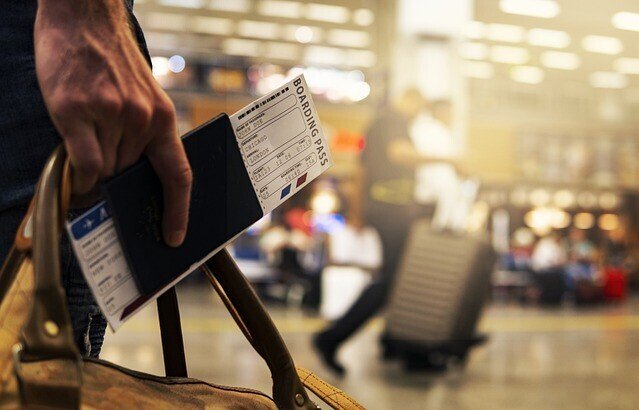
What is the 100ml Liquid Limit at Airport Security?
One of the most well-known guidelines at airport security is the 100ml liquid limit. Although the amount of liquid you can bring in your carry-on bag is limited by this rule, there’s more involved. This regulation, which was put in place for safety purposes, covers aerosols, gels, and liquids.
It will save you time and help you prevent any last-minute surprises at the security checkpoint if you understand how the limit operates and why it exists.
Explanation of the 100ml Liquid Limit Rule
The 100ml (3.4 ounces) guideline states that any liquid you bring in your carry-on must be in containers no bigger than 100ml. This holds for all aerosols, gels, and liquids. The size of the container itself—rather than its volume of liquid—is the governing factor. No matter how nearly empty it is, a bigger bottle won’t pass security.
All 100ml or smaller containers must be placed inside a clear, resealable plastic bag. Typically, the bag’s maximum volume is one litre. It’s important to remember that each passenger is usually limited to one of these clear bags. Bringing more liquids than the rules allow could lead to delays, confiscation, or fines. Sticking to the 100ml limit ensures you’ll pass through security.
Origins and Purpose of the Liquid Restrictions
A plan to sneak liquid explosives onto airplanes was discovered by police in 2006, which led to the implementation of the 100ml liquid limit.
This incident showed the possible risk of combining or modifying seemingly harmless liquids. Airports globally have implemented the 100ml rule, which restricts the quantity of liquids that travellers can bring.
Smaller quantities of liquids make it easier for security professionals to check for dangerous materials, but liquids are more difficult to screen than solid goods. It lowers the risk without seriously interfering with travellers by limiting liquids to 100ml or less.
Most nations now follow this regulation as a routine procedure to protect public safety while facilitating passenger flow through security checks.
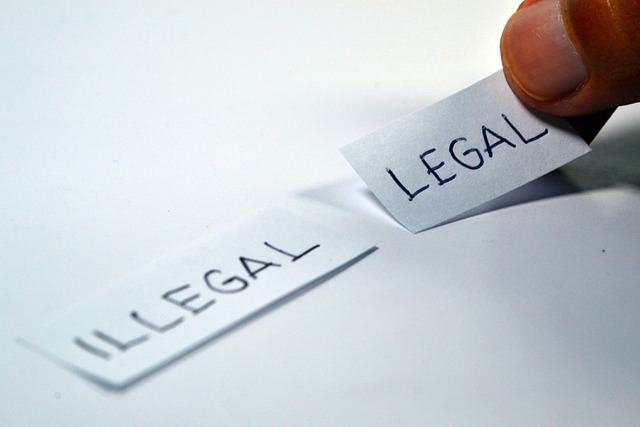
Understanding How the Rule is Enforced
Airport security checkpoints strictly enforce the 100ml limit on carry-on luggage, using X-ray scanners to detect liquids, gels, or aerosols exceeding the limit.
Security personnel confiscate liquids if not properly sealed or larger than 100ml, either taking them away or allowing you to dispose of them before moving forward.
To ensure security, remove plastic bags from carry-ons and place them in separate containers for screening. Airports may use specialist equipment for liquid testing in exceptional circumstances.
Why the 100ml Liquid Limit Matters for Passenger Safety
The 100ml liquid limit is not merely an arbitrary regulation; it exists for your protection. Limiting the amount passengers can carry can help prevent harmful situations because liquids can pose serious risks when flying.
You can feel more at ease and see the wider picture behind the limitations if you understand the rationale behind this regulation.
Potential Risks of Liquids on Flights
Certain liquids, when combined with other substances, can become highly dangerous. Small quantities are easier to detect but can be challenging for larger quantities.
The 100ml limit on common liquids like cleaning supplies and alcohol reduces the risk of hazardous chemical reactions or other dangers on board.
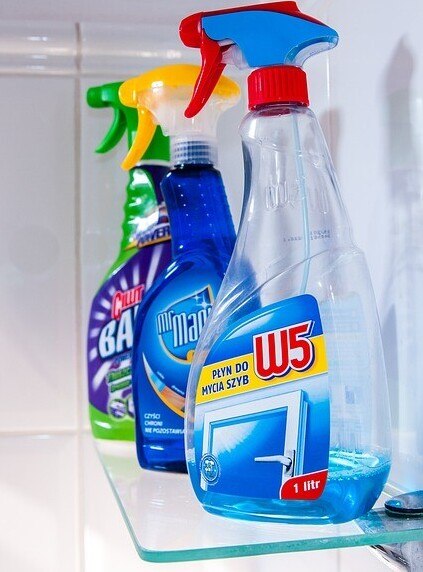
How the 100ml Liquid Limit Enhances Security
The 100ml liquid limit enhances airport security by enabling proper screening of items. This aids airport security in reducing the risk of hazardous materials being smuggled onboard.
Liquids are less likely to be hidden when packaged in small, clear containers. They scan more quickly and effectively with X-ray equipment increasing the difficulty of dangerous compounds slipping unnoticed. Travellers can bring necessary liquids and maintain stringent security procedures.
The rule may seem restrictive, but it plays an important role in reducing potential security risks.
High-Risk Items Restricted by This Rule
The purpose of the 100ml regulation is to restrict dangerous goods that might endanger travellers or aircraft. Liquid bombs are a major worry since they can be easily hidden in bigger containers.
Carrying enough substances to create a significant threat is difficult when liquids are limited to 100ml.
Flammable liquids: This restriction also applies to certain forms of alcohol and lighter fluid, which are flammable liquids. Because of their chemical makeup, some cosmetics—like aerosol sprays and nail polish remover—can even be harmful.
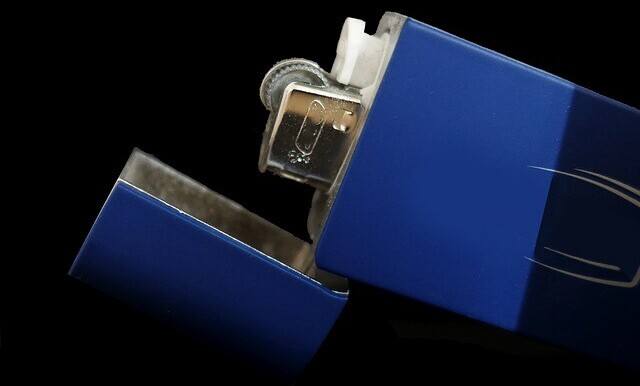
Corrosive liquids: These include industrial chemicals or cleaning solutions. These chemicals have the potential to injure people or damage aircraft.
Common Mistakes Passengers Make with Liquids
Following the 100ml liquid limit is challenging, and many travellers make simple mistakes that cause the security process to slow down. These common mistakes, which range from misunderstanding exemptions to carrying oversized bottles, can cause delays or even result in your belongings being seized.
Bringing Oversized Bottles through Security
One of the most common mistakes at airport security is bringing oversized bottles.
Misconception: Large bottles aren’t allowed through airport security due to 100ml size restriction, not liquid volume. Half-filled bottles may cause issues.
Carrying larger bottles than 100ml will not pass security, and any container with more than the limit will be confiscated. Ensure all liquids are properly packed in clear plastic bags and are 100ml or less.
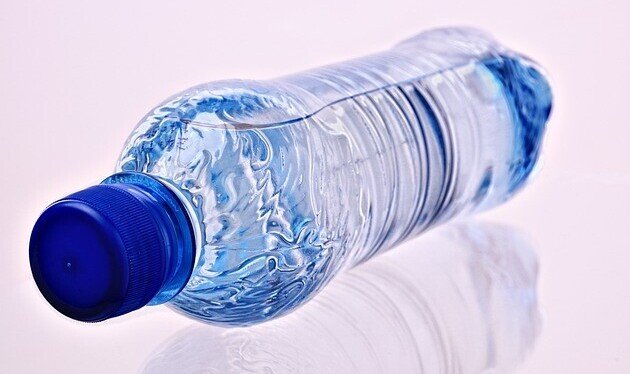
Not Understanding Exemptions for Specific Liquids
Not understanding exemptions for specific liquids can lead to confusion and delays at security.
Exceptions to the 100ml rule: There are a few exceptions such as medically required liquids, baby formula, or prescription drugs, as long as they are declared at the security checkpoint. Have documentation or a prescription on hand to speed the process.
Duty-free liquids: Duty-free liquids (such as alcohol or perfumes) bought after security are usually allowed if they are still sealed in their original, tamper-evident bags.
However, if you’re transferring flights, these items may need to meet the 100ml limit for the connecting flight’s security screening.
Unfortunately, this happened to us. We flew from Toronto to Mexico City and bought a 500ml, $25 (CA) bottle of Canadian Maple Syrup as a gift for friends in Ajijic after our security check.
When we arrived in Mexico City to change planes to continue to Guadalaraja, the bottle was confiscated even though I told them it had previously cleared customs. It was very disappointing and a hard and expensive lesson to learn.
Forgetting to Pack Liquids in Clear Bags
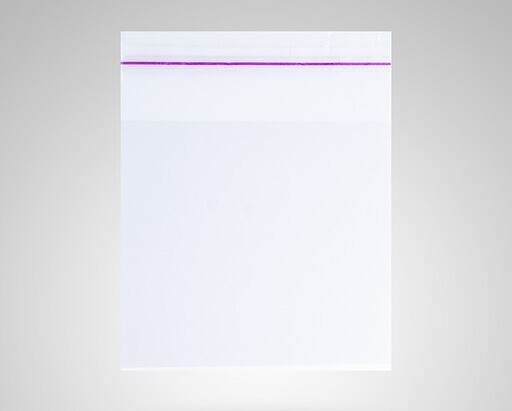
It is common to forget to bring liquids in clear bags; this causes delays at airport security. All liquids, gels, and aerosols must be stored in clear, resealable plastic bags by the 100ml rule. This bag has to be convenient to get to for independent screening.
Packing liquids in a clear bag prevents security personnel from rummaging through your carry-ons, reducing delays and wait times, and allowing for faster identification and inspection.
Ensure it is easily accessible inside your carry-on so you can get to it quickly when the security check is conducted.
What Happens if You Break the 100ml Limit?
Knowing what to expect will help prevent surprises if you break the 100ml liquid limit at airport security. Knowing what happens if you break the rule—from fines to disruptions to your travel arrangements—will help you be ready.
Penalties for Non-Compliance
Penalties: Penalties for non-compliance with the 100ml liquid limit can vary depending on the airport and country. Excessive liquids at airports can lead to seizure, fines, and potential loss of valuable goods. This can be inconvenient if they are costly or essential.
Repeated non-compliance attempts: Persistent violations can lead to serious consequences, such as additional security screening or interrogation, and administrative fines, while also causing delays or complicating travel arrangements.
To ensure smooth security checkpoint procedures, it’s advisable to adhere to the 100ml limit and package liquids according to guidelines.
Impact on Your Travel Experience
Breaking the 100ml liquid limit may have a major effect on your trip. If you carry more liquids than the allowed amount, security personnel will inspect or seize the items, which will cause delays. Stress can arise, particularly if your boarding time is approaching.
When your belongings are taken away it can be inconvenient and expensive, especially if they contain costly or necessary items. Security may also question or scrutinize you more, which could make you wait longer and cause delays in your flight arrangements.
How Security Officers Handle Liquid Confiscation
Security personnel follow a clear procedure when seizing liquids to ensure everything is handled correctly. Officers usually ask you to dispose of any liquids larger than 100ml or, return them to your checked baggage. Generally, items that are not returnable are thrown away.
Security staff use specialized procedures to handle these situations efficiently and with minimal disruption. They follow strict guidelines, maintain security, and ensure that discarded items are handled safely.
Some airports may have designated areas for liquid disposal to ensure proper handling.
Security personnel manage these circumstances effectively and with little disturbance using specific techniques. They have received training on following strict guidelines to uphold security and guarantee that all disposal of goods is handled in compliance with safety standards.
What Happens to Confiscated Items?
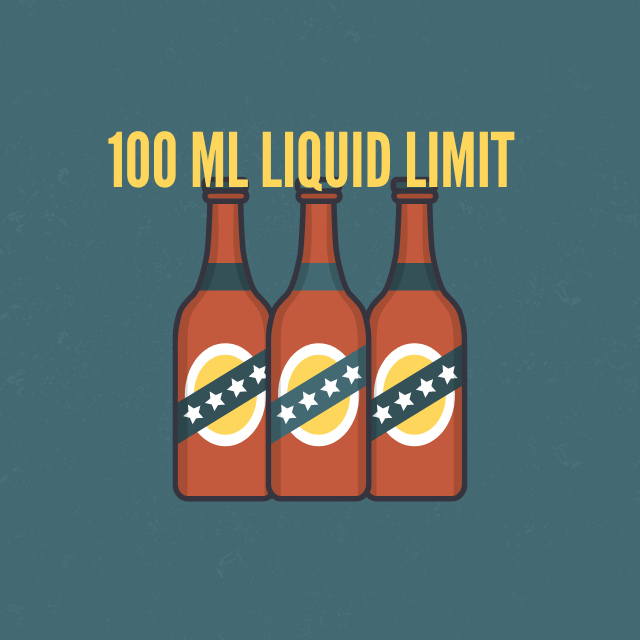
You are not the first traveller to wonder what happens to confiscated items, especially when it is a gift you are bringing back. Items that exceed the liquid limit and are seized by airport security usually result in one of the following:
Disposal: Many items are thrown away. This is frequently the case with products that are difficult to discard or reuse.
Charity: Confiscated goods are often donated to charitable organizations by certain airports, provided that they are deemed safe and are still in their original, unopened packaging.
Recycling: Recyclable materials may be delivered to recycling facilities. This depends upon what the item is and the policies of the airport.
Special Handling: If travellers can get to the airport in time, some belongings may be held for a brief while and they can pick them up. It is uncommon, and usually not a viable solution for liquids.
I hope option 2 – donating to charity – happens frequently, but I have doubts. It would be interesting to see which airports have these charitable organizations.
Airport policies and practices vary across locations, but the primary focus is safety and adherence to regulations.
How to Travel Efficiently While Following the 100ml Rule
Following the 100ml guideline doesn’t have to be difficult. From packing strategies to smart choices, you can streamline your travel through airports and steer clear of security issues with these tips.
Packing Tips to Avoid Security Delays
Packing your liquids properly can make a big difference in avoiding security delays.
Proper containers or plastic bags: Pack aerosols, gels, and liquids in smaller containers, such as 100ml or smaller, in a clear, resealable plastic bag.
Labelling: Putting labels on your containers can also speed up the procedure. If you have any items, such as prescriptions, labelling them properly can help security personnel locate and handle them more quickly.
Easily accessible: Pack the clear bag at the top of your carry-on for quick access; avoid over-packing to prevent any issues during the screening.
Smart Product Choices for Carrying Liquids
Selecting the appropriate products to carry liquids can make travelling through airports easier. Choose 100ml or less travel-sized containers.
These are made to comply with the liquid restriction requirements. Many companies make travel-friendly versions of basic products like toothpaste, shampoo, and lotion.
Solid or powder: Use solid or powder alternatives, like shampoo bars or dry shampoo, and powder toothpaste to simplify packing and comply with regulations, eliminating the need for liquid containers.
Leak-proof bottles: Invest in leak-proof travel bottles, labelled clearly and within the 100ml limit to avoid security issues.
Navigating Duty-Free Purchases and the 100ml Rule
Navigating duty-free purchases while following the 100ml rule requires paying attention to detail. Duty-free liquids, such as alcohol or perfumes, are allowed if purchased after clearing security. These items must be kept in their original, sealed packaging, which includes a tamper-evident bag.
Remember, duty-free liquids must follow the 100ml guideline for your next security check if you’re connecting with another flight.
Always confirm the precise regulations with the airport you’re connecting to, as they vary. If in doubt, it’s a good idea to hold onto the duty-free items in the tamper-evident bag when you walk through security at your next destination.
Conclusion
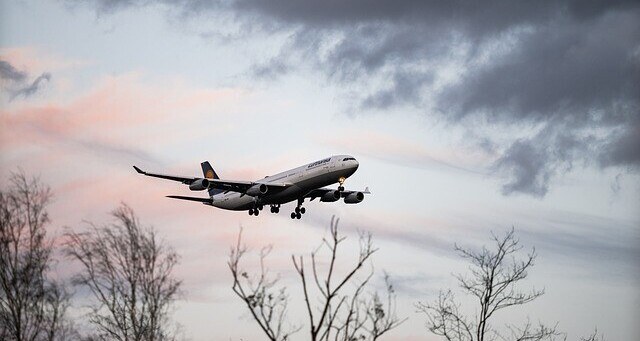
These tips will ensure you breeze through security, from properly packing your liquids to handling duty-free shopping. For hassle-free travel, remember that the 100ml liquid limit exists for a reason the next time you’re getting ready for a flight. Safe and happy flying!

